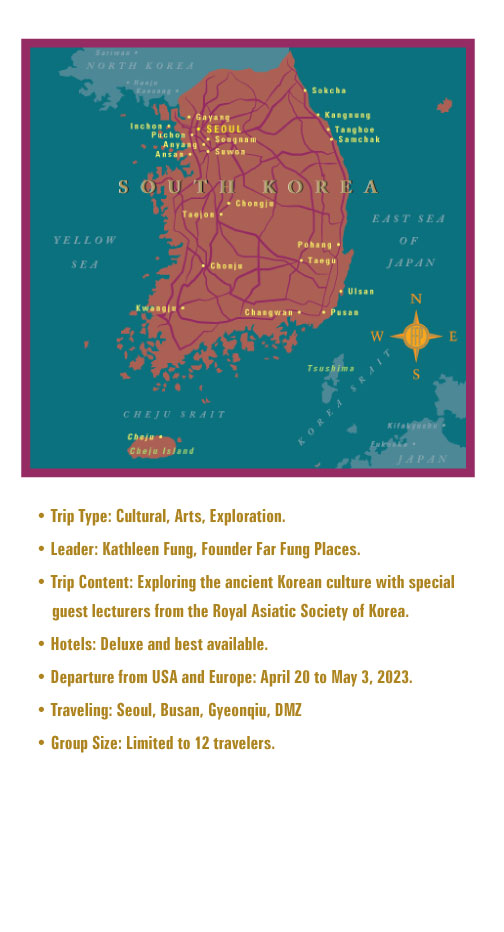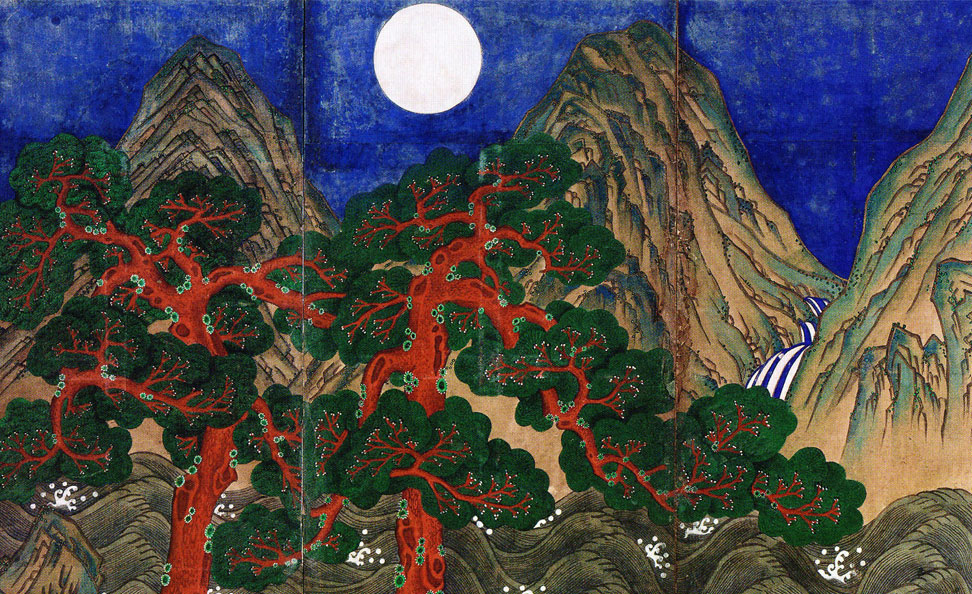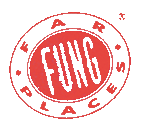
|
Beyond the soaring architectural marvels of South Korea lies an ancient culture dating back 5,000 years. It is estimated that from 1910 to 1945, nearly 15,000 royal buildings were destroyed throughout Korea during foreign occupation. Yet, for the past decade and a half, there has been a movement to resurrect the glory of Korea’s monumental architectural and artistic heritage. Many of these precious monuments are designated as World Heritage sites or Intangible Cultural Properties and are a testament to ancient Korea’s elegance, form, and spiritual connections. Along with this movement is a resurgence in preserving residential homes and neighborhoods.
On our 12-night program, we’ll discover dynamic Seoul, with its world-class museums and modern architecture, but we’ll also hear about the efforts to preserve 14th-century traditional hanok homes, which reflect the cultural aesthetic of the period in which they were built. Further afield stands Gyeongju, a UNESCO World Heritage site, described as one of the largest “outdoor museums” in the world, with artifacts dating to the first century BCE. Busan on Korea’s southeastern coast preserved its past by saving the Gamcheon village, where 1950s cubicle-style houses in muted shades of blue, green, and pink seem to cascade down hillsides into the sea below. In the South, a nearly untouched 14th-century Korean fortress village is home to artisans who live in authentic thatched hanoks, making crafts following time-honored practices.
We learn about Korea’s contemporary culture through its cuisine and dining etiquette. Our program introduces you to a variety of classic Korean meat dishes, from popular one-dish bibimbap to mouthwatering yachae kalguksu, and other choices from seafood to vegetarian Buddhist meals.
Experts join to offer insights into their areas of expertise. Take a walking tour with an expert around his favorite neighborhood in Seoul, where people live in hanoks, which combine elements of literature, religion, and art, with unique features like pillars packed with salt at the bases to preserve the wood. A guest speaker enlightens us on mountain spirits and provides a historical introduction to Korea.
We’ll have opportunities to meet local people in their work environments. Walking through villages, we’ll meet artisans doing crafts like papermaking, or observe how a farmer cultivates rice in his fields, planting seedlings hand over hand in precise rows.
A network of excellent, well-maintained roads in Korea allows us to travel effortlessly through dramatic landscapes of steep mountains and valleys and rugged coastlines with small arable plains in between.
Our compelling journey of discovery highlights many aspects of Korea, from its sleek cities to its “golden” past and will be limited to 12 travelers.
Please inquire about our day-to-day itinerary for more details.
*Art Work: Sun, Moon, and Five Peaks Screen. The six-paned folding screen was done on ink and color on paper, and is dated from 1800 –1900. The sun, moon, and five peaks identified the position and presence of a king. Wherever a king went, a screen of this iconograph followed and was set behind his chair or throne.
A sun and moon symbolize yin and yang, while the five peaks represent the four cardinal directions and the center. Flowing water and trees indicate both changing and unchanging qualities in the world. (Description provided by “In Grand Style” Asian Art Museum, Kumja Paik Kim, Moon-sik Kim, Jaebin Yoo.
Land/Air Cost
Approximate land price: $7250 per person sharing a twin room; single supplement: $1459. 2023 prices will be confirmed by May 2023.
International airfares are extra. Price will be based on ten paying people. Supplement under ten people.
Return to International Travel Programs 2023
|











